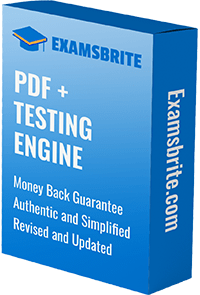
Professional Develop VMware Spring
Last Update Nov 30, 2025
Total Questions : 79
We are offering FREE 2V0-72.22 VMware exam questions. All you do is to just go and sign up. Give your details, prepare 2V0-72.22 free exam questions and then go for complete pool of Professional Develop VMware Spring test questions that will help you more.



Refer to the exhibit.

Assume that the application is using Spring transaction management which uses Spring AOP internally.
Choose the statement that describes what is happening when the update1 method is called? (Choose the best answer.)
Which two statements are correct regarding the Actuator loggers endpoint? (Choose two.)
Which two mechanisms of autowiring a dependency when multiple beans match the dependency's type are correct? (Choose two.)
Which statement about @TestPropertySource annotation is true? (Choose the best answer.)
Which two statements are correct regarding Spring Boot auto-configuration customization? (Choose two.)
Which two statements describe the ApplicationContext correctly? (Choose two.)
Which statement describes the propagation behavior of Propagation.REQUIRES_NEW annotation? (Choose the best answer.)
Which two statements are true regarding Spring Boot Testing? (Choose two.)
Which dependency enables an automatic restart of the application as code is changed during development of a Spring boot configuration on a web application? (Choose the best answer.)
Which two statements about the @Autowired annotation are true? (Choose two.)
Which statement describes the @AfterReturning advice type? (Choose the best answer.)
Which two options are valid optional attributes for Spring’s @Transactional annotation? (Choose two.)
Which two statements are true concerning constructor injection? (Choose two.)
Refer to the exhibit.

Which two statements are correct regarding auto-configuration of DataSource and JdbcTemplate beans given a Spring Boot application with only these two dependencies? (Choose two.)
Which two annotations indicate that the transaction for a transactional test method should be committed after the test method has completed? (Choose two.)
Which two statements are correct regarding Spring Boot 2.x Actuator Metrics? (Choose two.)
Refer to the exhibit.

Which option is a valid way to retrieve the account id? (Choose the best answer.)